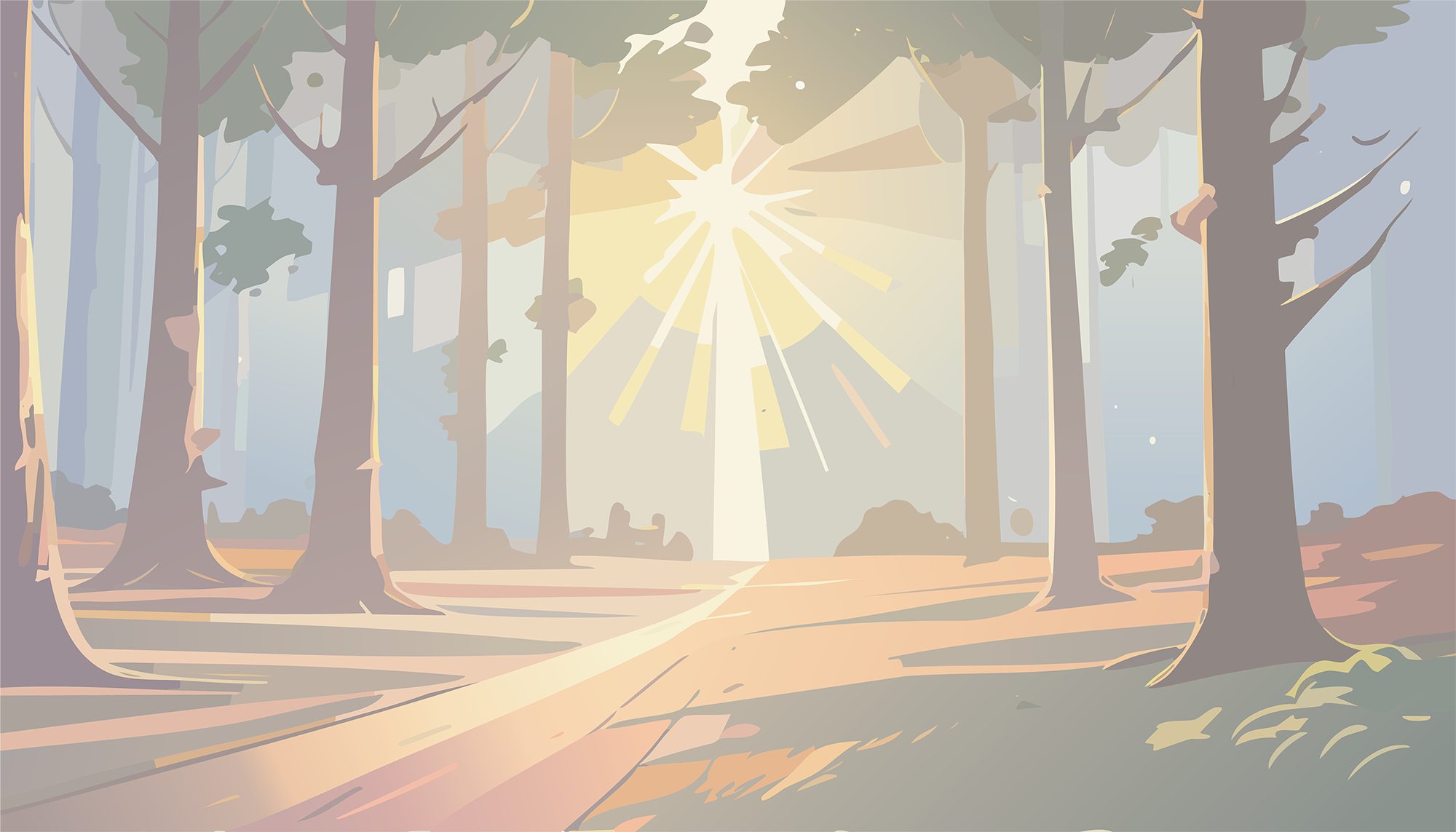
Introduction to Cultivating Feedback: Training for Creative Success
This online course introduces you to Cultivating Feedback, with practical tools and actionable techniques you can apply directly to your own work. Featuring bite-sized, digestible units and engaging exercises, this course—created by composer Garrett Fisher (with his own soundtrack and illustrations!)—allows you to work at your own pace. It weaves in entertaining personal and fictional anecdotes to show how this practice can elevate your work, strengthen your community, and help you rediscover the joy in what you do—no matter your field.
-
Chapter 1: Introduction to Cultivating Feedback
-
Lesson: Starting Your Journey
Learn how Cultivating Feedback turns feedback into a tool for growth, enhancing creative work and strengthening relationships.
-
Exercise: Rewarding and Challenging Feedback
Begin your Cultivating Feedback journey by reflecting on both rewarding and challenging feedback you've received.
-
Reflection: How I Discovered Cultivating Feedback
Garrett explores how he discovered the practice of Cultivating Feedback, transforming his creative process and career.
-
-
Chapter 2: Allies
-
Lesson: Allies
Your allies form the bedrock of your practice. Who are they, and how do they support you?
-
Exercise: Your Cheerleader, Coach and Critic
Who are your Allies?
-
Reflection: How Can I Attract More Allies?
Garrett reflects on his longtime collaboration with Ken Cerniglia, a trusted Critic Ally, and how their shared trust fuels the creative process.
-
-
Chapter 3: Curiosity
-
Lesson: Cultivating Questions
When we foster curiosity, we see our work as ever-evolving, shaped by the questions we ask and the insights they bring.
-
Exercise: Your List of Questions
What questions do you have about your Person? Process? Product?
-
Reflection: Questions That Keep Me Curious
Garrett examines questions that he often asks about his own work as a composer.
-
-
Chapter 4: Sorting Feedback
-
Lesson: Sorting by How and Who
By sorting feedback based on how it was delivered and who gave it, we create the necessary distance to gain emotional clarity, allowing us to engage with it more effectively.
-
Exercise: Sorting Your Feedback
Gain clarity by sorting the rewarding feedback you've previously identified.
-
Reflection: Sorting the Silence
Garrett sorts challenging feedback from an opera tour—and gains an unexpected insight.
-
-
Chapter 5: Toxic Feedback
-
Lesson: Toxicity Check
Not all feedback is worth engaging. The Toxicity Check helps us determine what to keep and what to discard.
-
Exercise: Assessing Feedback for Toxicity
Evaluate a sample piece of feedback for toxicity.
-
Reflection: The Fundraiser That Went Sideways
Garrett grapples with potentially toxic feedback from a friend who ghosted him.
-
-
Chapter 6: Unpacking Feedback (Part 1)
-
Lesson: Identifying Challenging Feedback
We can unpack challenging feedback in order to discover its value for us and our work. We first identify what makes the feedback challenging.
-
Exercise: Identifying Your Challenging Feedback
Evaluate a sample piece of feedback for toxicity.
-
Reflection: Unpacking Feedback With The Master
Garrett attends a workshop led by feedback guru Liz Lerman.
-
-
Chapter 7: Unpacking Feedback (Part 2)
-
Lesson: Engaging Challenging Feedback
Unpacking feedback through conversation helps reveal insights that reflect a deeper understanding of our work.
-
Exercise: Engaging Your Challenging Feedback
Practice productive ways to engage your challenging feedback.
-
Reflection: Unpacking "It Didn't Work"
Garrett reflects on a challenging review he received in the Wall Street Journal.
-
-
Chapter 8: Absorbing Feedback
-
Lesson: Answering, Revising and Sparking New Questions
Absorbing feedback helps us discover the Ah-hah! and apply it meaningfully to our work.
-
Exercise: Absorbing Your Ah-Hah! Moment
Identify an Ah-hah! moment and explore how it applies to your work and list of questions.
-
Reflection: How Tough Feedback Made My Music Sing
Garrett recounts a moment when tough feedback from an ally helped him to rethink how he conveyed emotion in his music.
-
-
Chapter 9: Cultivating Community
-
Lesson: Circles of Allies
How cultivating community and our circle of allies strengthens the connections that help us grow as creators.
-
Exercise: Identifying a Potential Ally
Identify a potential ally to expand your Circle of Allies.
-
Reflection: Breaking Out Of The Silo
Garrett explores easy-to-learn techniques he uses to connect with strangers.
-
-
Chapter 10: Navigating Your Cultivating Feedback Journey
-
Appendix: Feedback Scenarios
Meet Garrett Fisher
Photo credit: Wan HigginbothamIntroduction to Cultivating Feedback: Training for Creative Success is created by Garrett Fisher, based on the practice he co-developed with Ken Cerniglia. Garrett is a composer, writer, pianist, and filmmaker who wears many hats.
In addition to using Cultivating Feedback as a guide for his own work, he has coached and led workshops since 2021 for creators of all kinds—artists, commercial designers, educators, students, wealth managers, and lawyers—helping them find their path to creative fulfillment.
Originally from Michigan and Maine, Garrett has also lived in Istanbul and London, thanks to his parents' sabbaticals. After earning degrees in composition and English from Oberlin College, he moved to Seattle, where he formed the Fisher Ensemble.
Throughout his career, Garrett has blended influences from different musical traditions, developing a unique voice. His work, performed across the U.S. and internationally, was called “a groundbreaking hybrid...a strong, unified, and strikingly individual utterance of unambiguous beauty” by The New York Times.
When he's not composing (he created the soundtrack for this course!), Garrett is also a graphic artist (he designed the illustrations!), a writer (he wrote the scripts!), and an editor (thank you, Avid and Adobe!).

Think Cultivating Feedback could benefit your organization? Schedule a free consultation to discover how it can support your team and strengthen your community.



